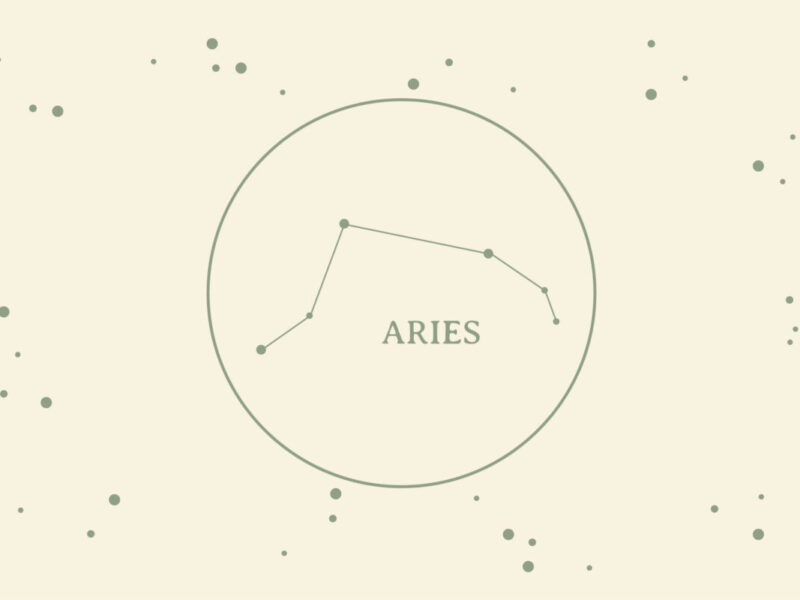Poetic Forms To Try in Your Writing, Volume 1
Have a case of writer’s block? Transform your latest poem by changing up rhyming schemes, length, and the use of repetition to create something that’s entirely new and entirely you.
Poetry is a beautiful form of expression, and there are many poetic tools and forms that you can utilize to help you explore the depths of your writing. Switching things up is a good way to look at your writing from a different perspective and rethink the way you create.
Below are three poetic forms: the haiku, the palindrome, and the epigram. While each poetic form follows its own rules and patterns, don’t be afraid to bend the rules a bit and approach your writing through a fresh lens.
Haiku
A haiku is a Japanese style poem that follows a 3-line pattern: the first line is five syllables, the second line is seven syllables, and the third line is five syllables. Here are some great haikus that can inspire you to start writing your own.
“always remember
just how rare you are – there is
no one quite like you
“pebbles on the beach,
Were once rocks on the mountains.
Just as you loved me.”
Palindrome
A palindrome is a word, phrase, sentence or poem that reads the same forward and backward. It requires a lot of thought to get the wording just right, but the message can have a huge impact on the reader when they see the use of repetitive themes.
Writing palindromes requires special attention and care in word choice and is a special treat for readers and writers, alike. Here are a few palindromes to get you started.
“broken and bruised was I
because unspoken words
abandoned life
life abandoned
words unspoken because
I was bruised and broken”
“slowly falling
‘in love’
you found home
home found you
‘in love’
falling slowly”
Epigram
Epigrams are shorter poems that grab the attention of the reader quickly and draw them in. They are usually two to four lines long, but they can be longer or shorter than that. Their messages are memorable, and they get their power from a profound and concise delivery of their content.
You may have seen epigrams in the modern poetry movement, especially on social media platforms. Atticus is a great example of a modern poet that writes primarily in epigrams, but they were actually popular with classic poets as well.
Here are some examples of epigrams both classic and modern writers:
“We are all in the gutter,
but some of us are looking at the stars.”
“I want to be with someone
who dreams of doing everything in life,
and nothing,
on a rainy Sunday afternoon.”
These are just a few of many poetic forms out there, so if these don’t feel like a good fit for you, don’t be afraid to seek other forms out. While free verse is much more common today, poetic forms remain timeless and are a great way to challenge yourself when you’re feeling stuck.
I hope this piece has inspired you to employ form in your own writing and to explore using structure to bring out the brilliant imagery and emotion in your work.




